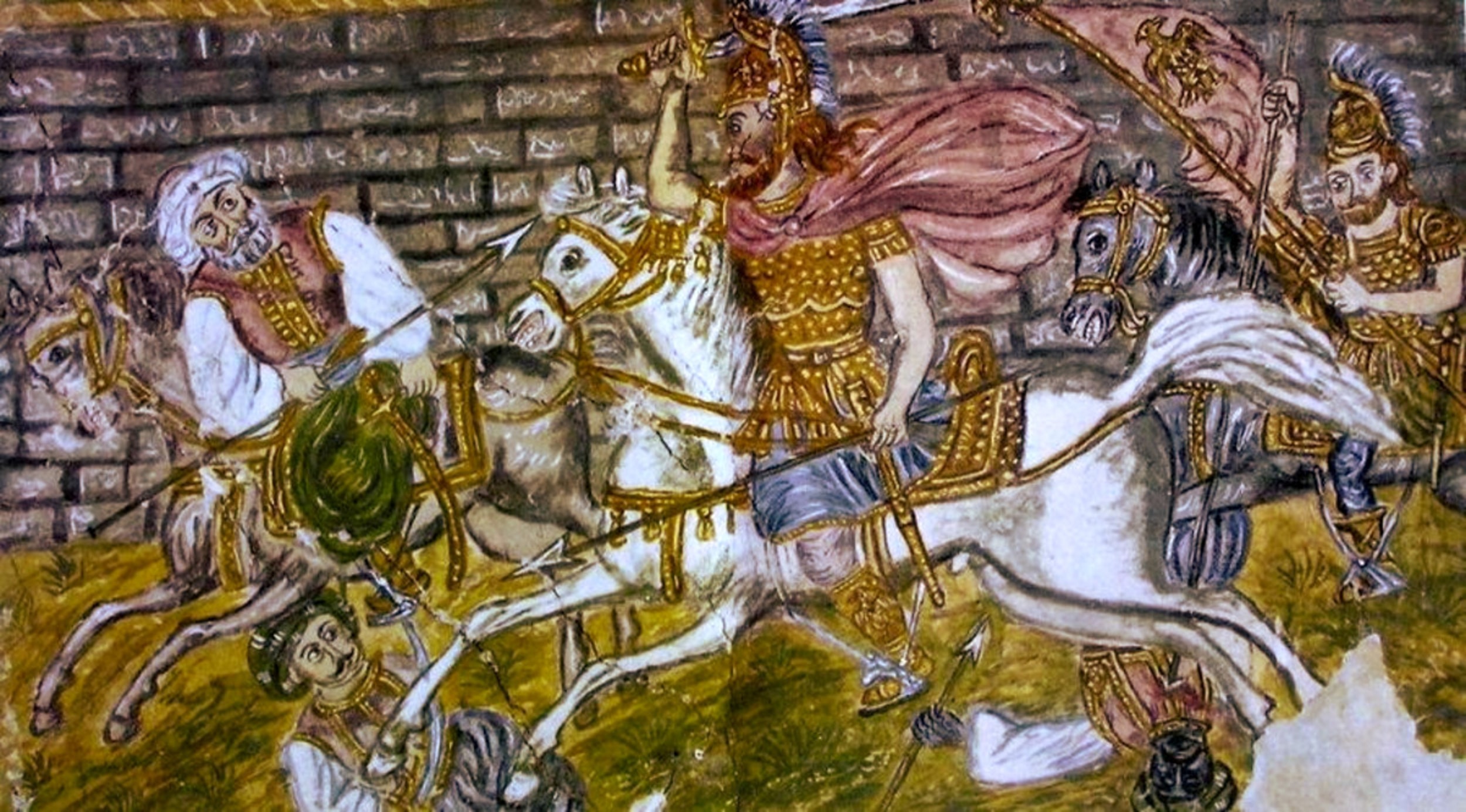
We are primarily informed about the historical events surrounding the Fall by four scholars of that time, known as Historians of the Fall.
The Fall of Constantinople on May 29, 1453 is an important milestone and turning point not only in Greek but in European history as well. Although the Byzantine Empire was no longer but a shadow of its former self, militarily and economically weak, territorially limited and diplomatically isolated, the glamour of its former grandeur still remained. The conquest of the city by the Ottomans caused great sensation and fear in the courts, as well as to the peoples of the West.
We are primarily informed about the historical events surrounding the Fall by four scholars of that time, known as Historians of the Fall. They are Laonikos Chalkokondilis, Georgios Sfrantzis, Doukas and Michael Kritovoulos. Their works are clearly influenced by their position, their proximity to the events, their origin and the historical period covered in their writings. Their ideological and linguistic differences are apparent and are reflected in their texts. They had all received a classical education, knew of the ancient historians and wrote either about events they had witnessed first-hand or by drawing information from those present.
Doukas was a scholar, serving the Genoese of Phocaea and Lesvos as secretary. In fact, it seems that he had undertaken diplomatic missions in the Turkish court and was present during the preparations for the siege. He even described the testing procedure for the large cannon built by the Hungarian engineer Urban for the Turks. He wrote his History based on information from witnesses, Turkish besiegers and Greek prisoners, since he was not an eyewitness. However, his description is vivid and provides valuable information about the historical events.
Michael Kritovoulos “Imvrios”, although born in Imvros, seems to have lived his teenage years in Constantinople where he acquired a classical education. He had property in Imvros, where he also held administrative positions. He wrote his historical work Writing History (“Xiggrafi Istorion”) after the Fall, in which he focuses heavily on praising Mohammed. In his five books, he describes the Ottoman advance in the Balkans and Central Asia, while he also emphasizes the Sultan’s attempt to restore Constantinople to its former glory. He was not an eyewitness to the events but he used narrations of eyewitnesses in his writings. However, his work did not seem to satisfy Mohammed as it was not translated into either Latin or Turkish. In the last years of his life –probably disappointed and without resources, since Imvros had been occupied by the Venetians- he retired to a monastery.
The only one of the four historians who witnessed the Fall himself is George Sfrantzis or Frantzis. He was very close to the Palaiologos family and to Constantine himself, ever since Constantine was the Despot of Mystras, and proceeded to hold important positions. In fact, when Constantine became emperor, Sfrantzis served as Grand Logothete. During the last battle he defended the walls of Keratios but was heavily wounded and taken prisoner. He was forced to serve the Sultan for 18 months until he redeemed his and his wife’s freedom in 1455. They took refuge first in Mystras and ended up in Corfu. His son was killed by the Sultan and his daughter died in the harem. His works are the Big Chronicle and the Short Chronicle. The Short Chronicle includes details about his life and conveys great respect for Constantine. The Great Chronicle concerns the Palaiologos dynasty history, and seems to have undergone third party operations and forgeries.
Laonikos Chalkokondilis came from an Athenian noble family who settled in Mystras in the court of the Despot of Mystras, Constantine Palaiologos. He was lucky enough to receive a classical education by Georgios Plithonas Gemistos. His extensive work Proofs of History (“Apodeixeis Istorion”) describes the conquest of the Empire by the Ottomans and the peoples’ resistance. He quotes information obtained from witnesses, sometimes noting that he accepts it with reservations. For his description of the Fall, he relied on testimonies and on Doukas. Chalcocondylis regarded the Fall of Constantinople as a brief adventure for Hellenism. For the restoration of the empire, he wrote, the Greeks should not rely on either the Franks or the remaining Palaiologos dynasty, but on Greek education.
The four historians’ works are clearly valuable. Despite their differences and motives, they all realized that by describing the Ottoman expansion and the Fall of Constantinople they were describing a world-changing event.

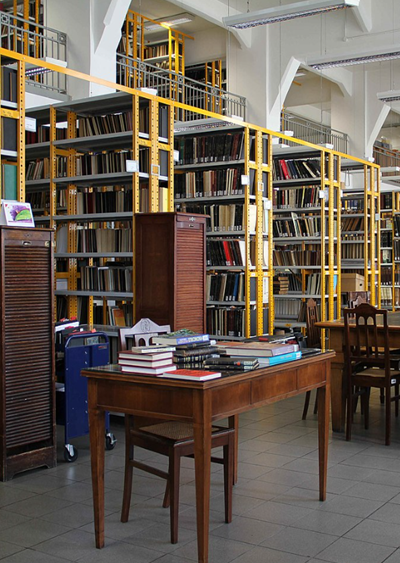
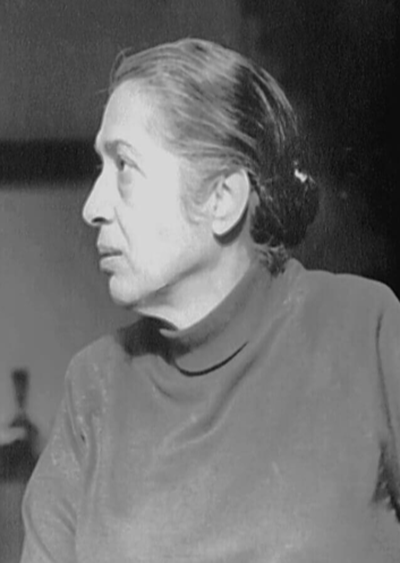
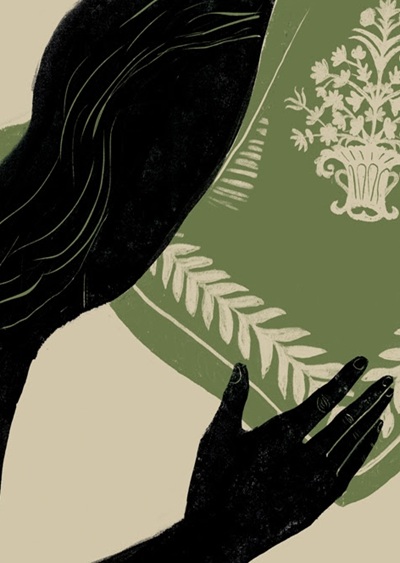
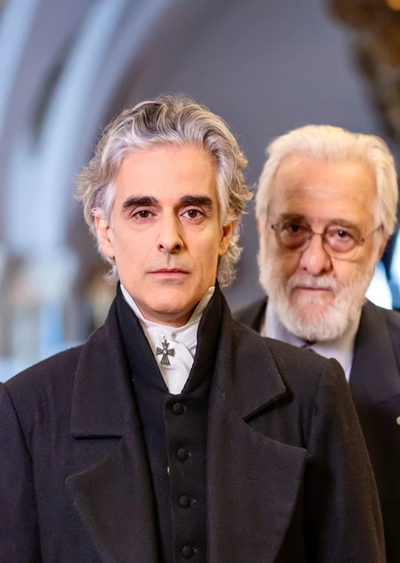


Leave A Comment